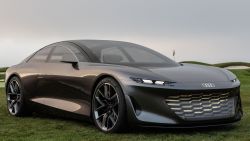Not long ago, the interiors of most cars were fairly prosaic. The emphasis was on cost, durability and, at best, not being terrible. Attractive designs made of materials that looked and felt nice would be seen only in expensive luxury models.
Not anymore. As the auto industry has become more competitive, the cabins of even some of the cheapest cars have become very attractive. Maybe they don’t have wood trim or real metal knobs and switches, but they still have genuine design flair.
While other aspects of cars, such as fuel economy and engine performance, have become much more similar, design is an opportunity to make a statement, said Christie Schweinsberg, senior editor at the auto industry news site WardsAuto.com, which just announced the 10 winners of its Best Interiors awards.
“I think design is really one of the last ways an automaker can stand out from its competition,” she said.
For example, the Nissan Kicks, a subcompact SUV with a starting price in the low $20,000 range, was just named to the Best Interiors list.
“Nissan designers used color and materials to dress up what could have been an unremarkable interior,” the editors wrote.
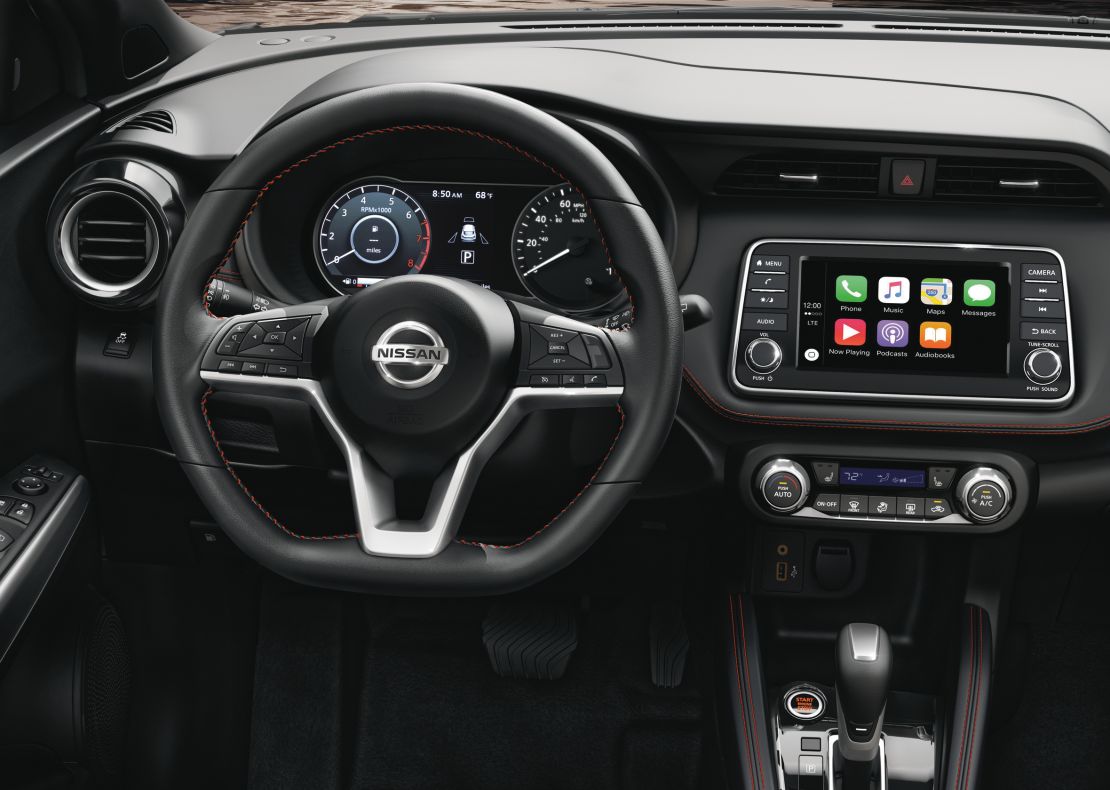
In the car WardsAuto editors tested, orange stitching was coordinated with red-orange backlighting. The editors also appreciated that everything was easy to reach and use; they also liked optional technologies like curbside cameras.
The awards were given to cars spanning a wide range of prices. Other winners included the Bentley Continental GT, an ultra-luxury coupe with prices starting well over $250,000, and the BMW M850i, which starts at over $110,000. More moderately priced winners were the Genesis G70, Hyundai Santa Fe, Jeep Gladiator, Mercedes-Benz A220, Toyota Rav4, Lincoln Nautilus and Volvo V60.
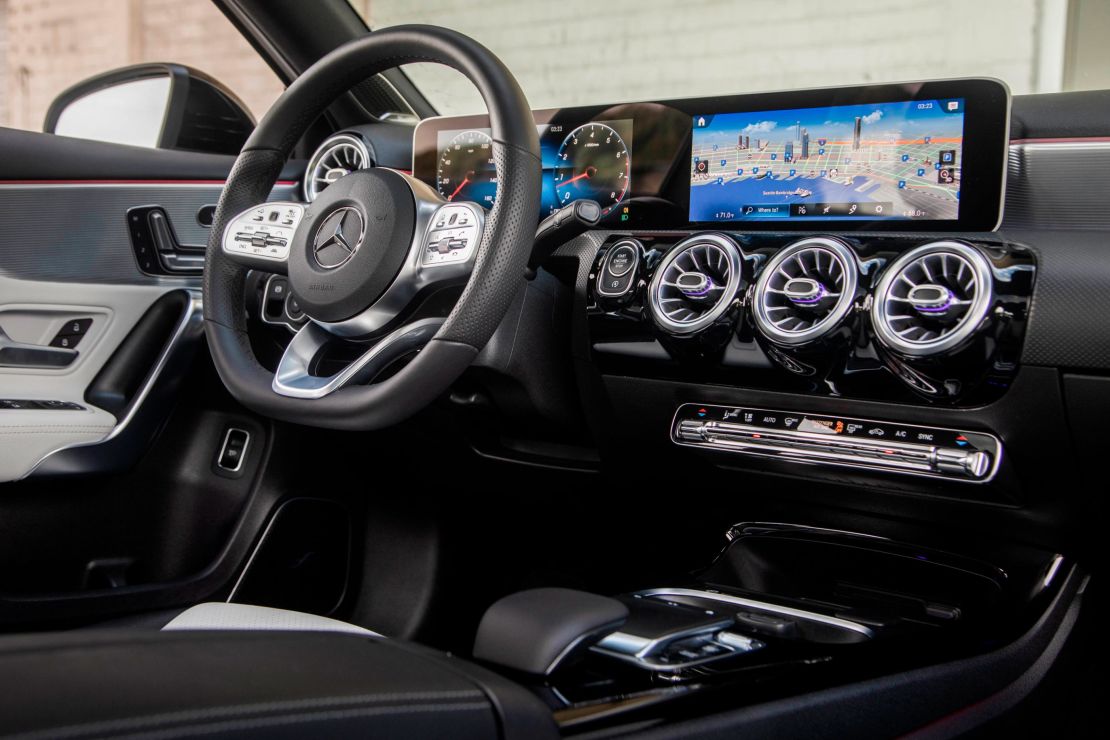
To be eligible for the award, a model had to be completely new or redesigned for the 2019 or 2020 model year. There were 32 nominees. All were driven and judged by eight Wards editors.
The Continental GT’s interior is filled with wood and rich leathers derived from carefully selected bulls raised in cool, mosquito-free northern European climates. The Wards editors were also impressed with the car’s digital displays and driver interfaces.
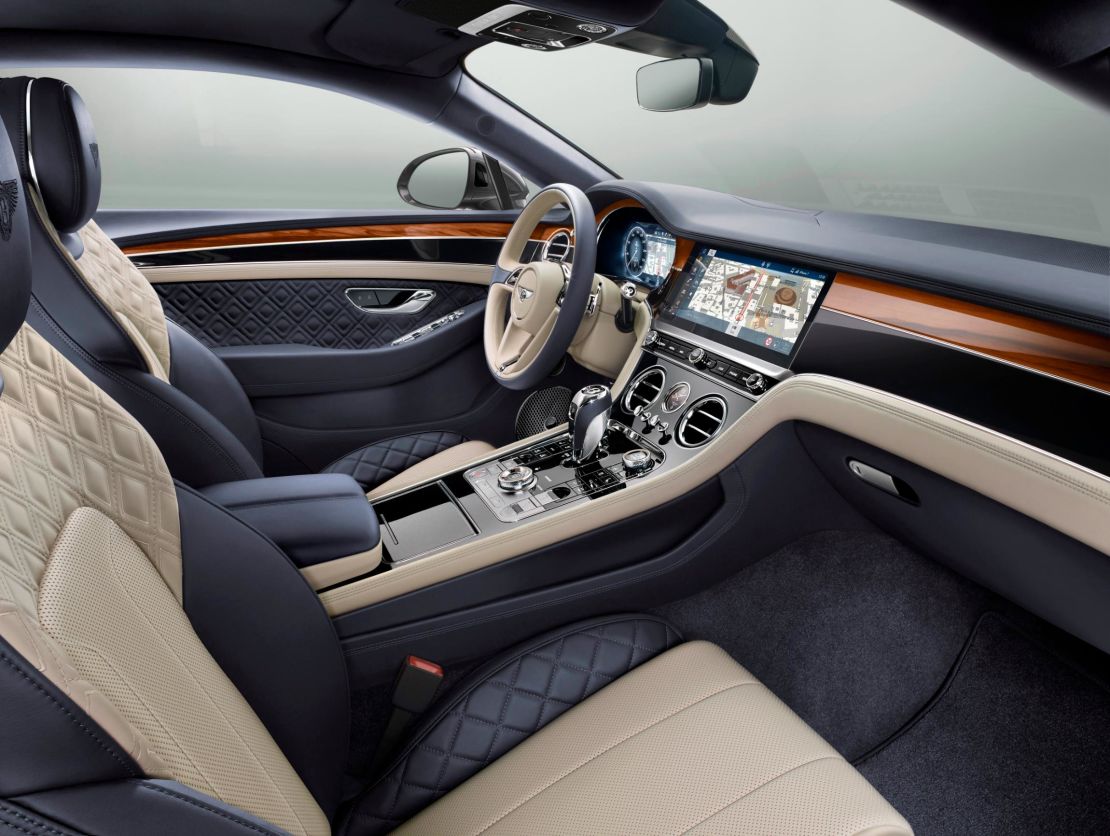
The interior of the Rav4, America’s most popular SUV, was far simpler but still had radical design ideas. The Rav4 was filled “with enough funky angles and shapes … to excite a geometry teacher,” the site’s editors wrote.
This was from a car brand that, while often lauded for reliability, was not formerly known for great interior design.
“For me personally, I’m seeing a lot of improvement in Toyota interiors,” Schweinsberg said.
Fiat Chrysler Automobiles (FCAU) is another automaker producing interiors that have improved greatly over the years, she said. FCA products have won many WardsAuto Best Interior awards, including the Ram truck last year and the Gladiator pickup this year.
Besides its rugged appearance inside, the Gladiator also has clever rear seats designed to fold down or up to allow for storage behind or below them. The truck also offers optional lockable storage bins in the floor. Optional wireless Bluetooth speakers can be removed and taken out to a campsite.
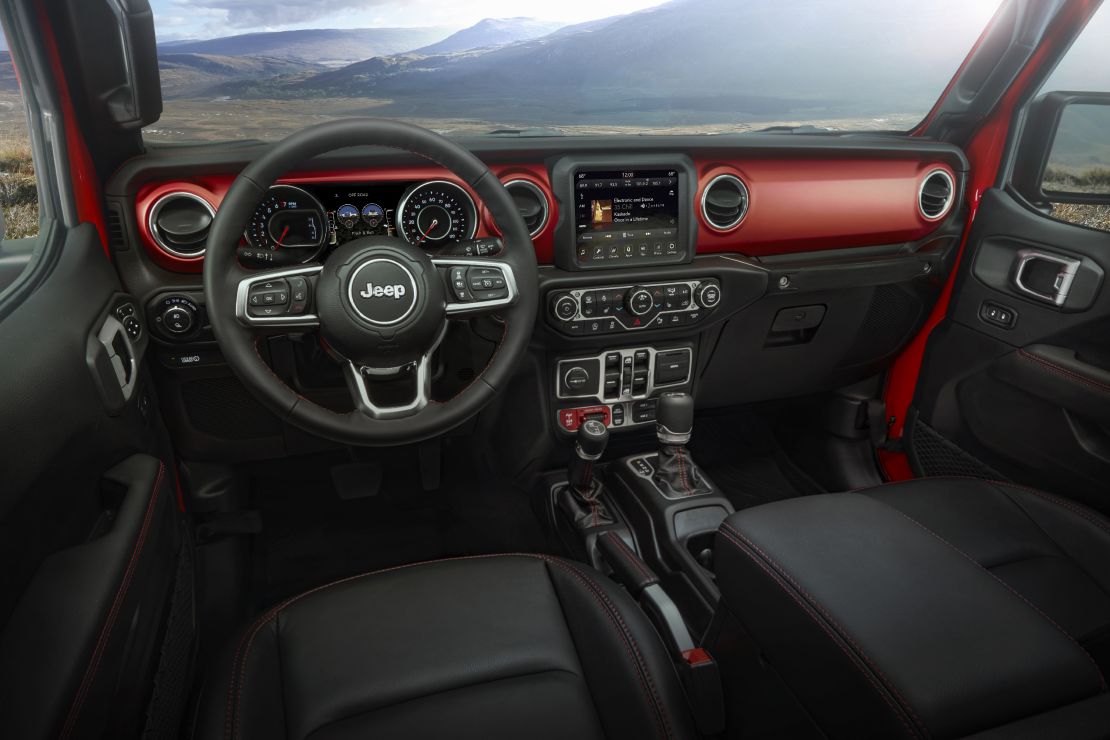
In the past, interior design at Fiat Chrysler was done by the same designers who created the outside of the car, said Ralph Gilles, global head of design for Fiat Chrysler. Today, interior designers are a completely separate group and have different backgrounds from those who design the body. Gilles said interior designers at his company begin their work at the same time as those who design the body of the car.
“When I go to schools and colleges. I look for product designers,” Gilles said, “so they come at it from a completely different perspective. They almost design every component as a sculpture in its own right and then the functionality as well.”
He also hires fashion designers to choose colors, patterns and stitching that help create a unique mood inside a vehicle. Designers also work with engineers to find clever places to add storage bins and other features, like the lockable storage spaces in the floor of the Gladiator.
“It’s really teamwork plus an obsession with delighting the customer,” said Gilles.





